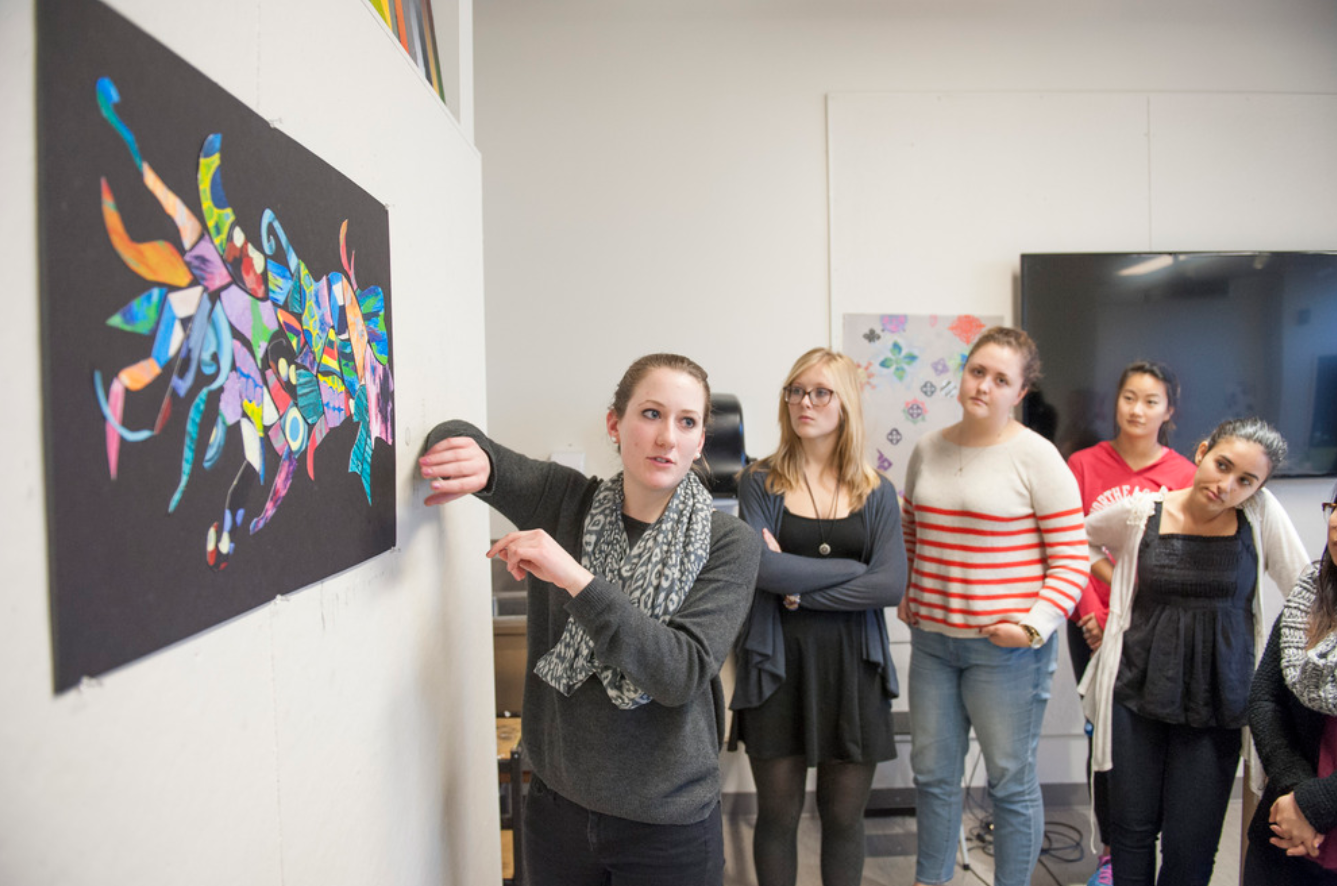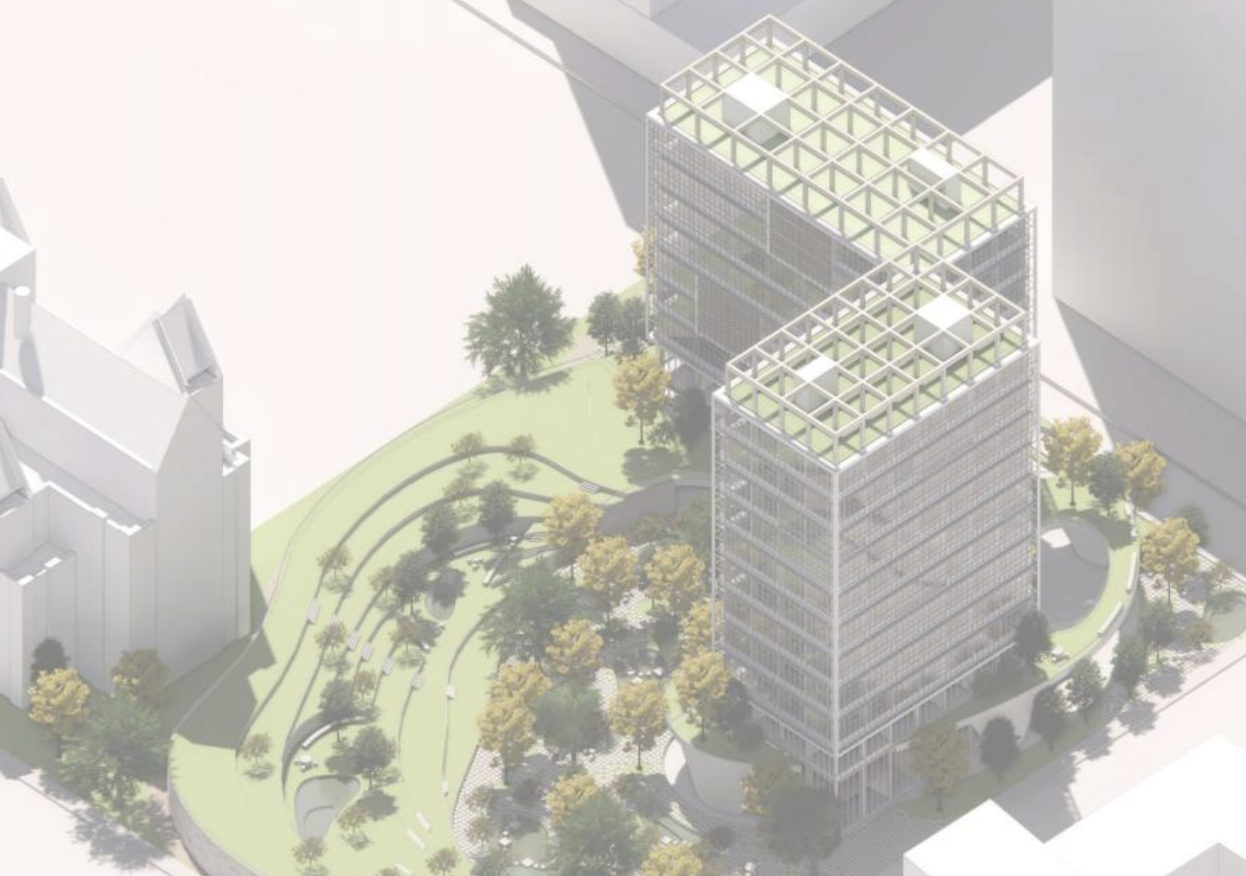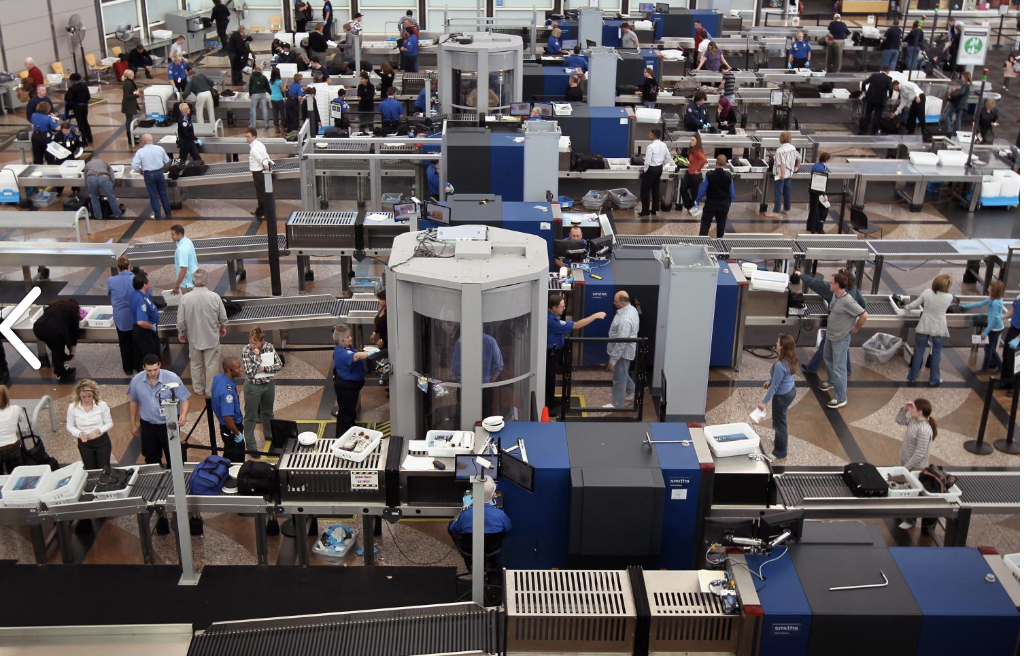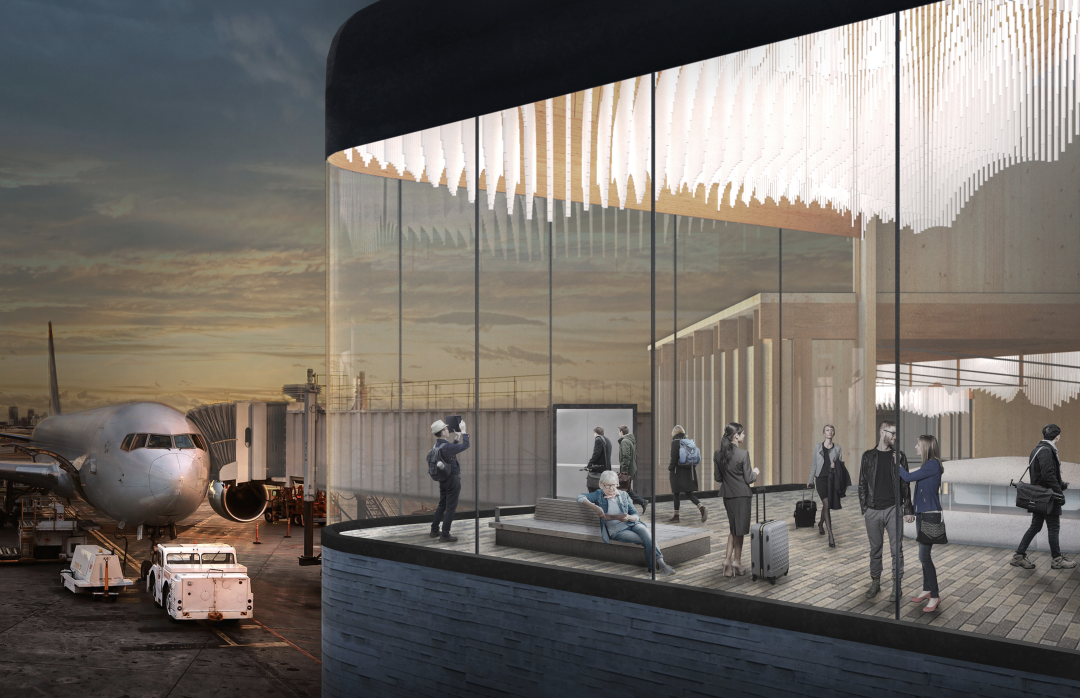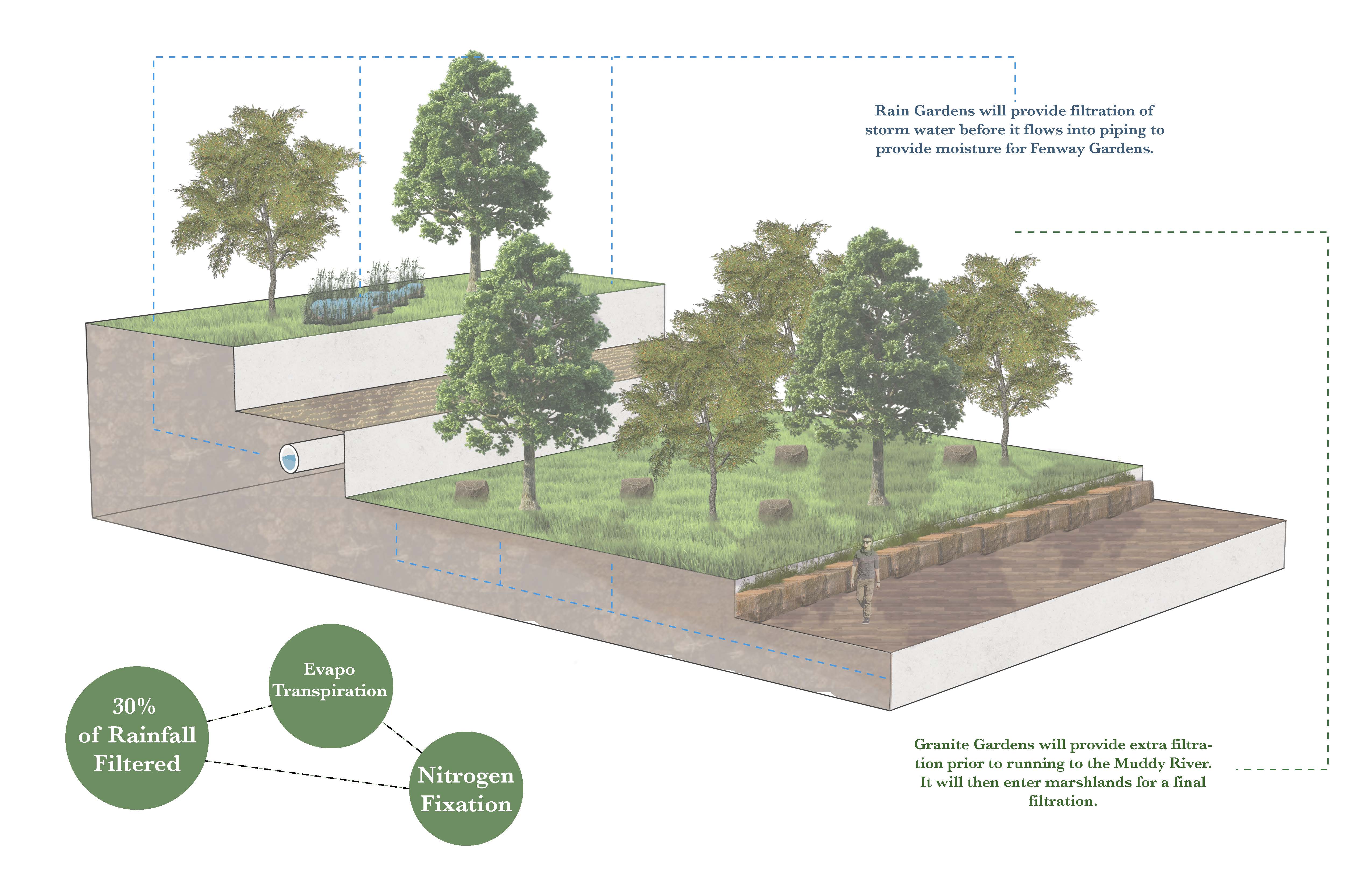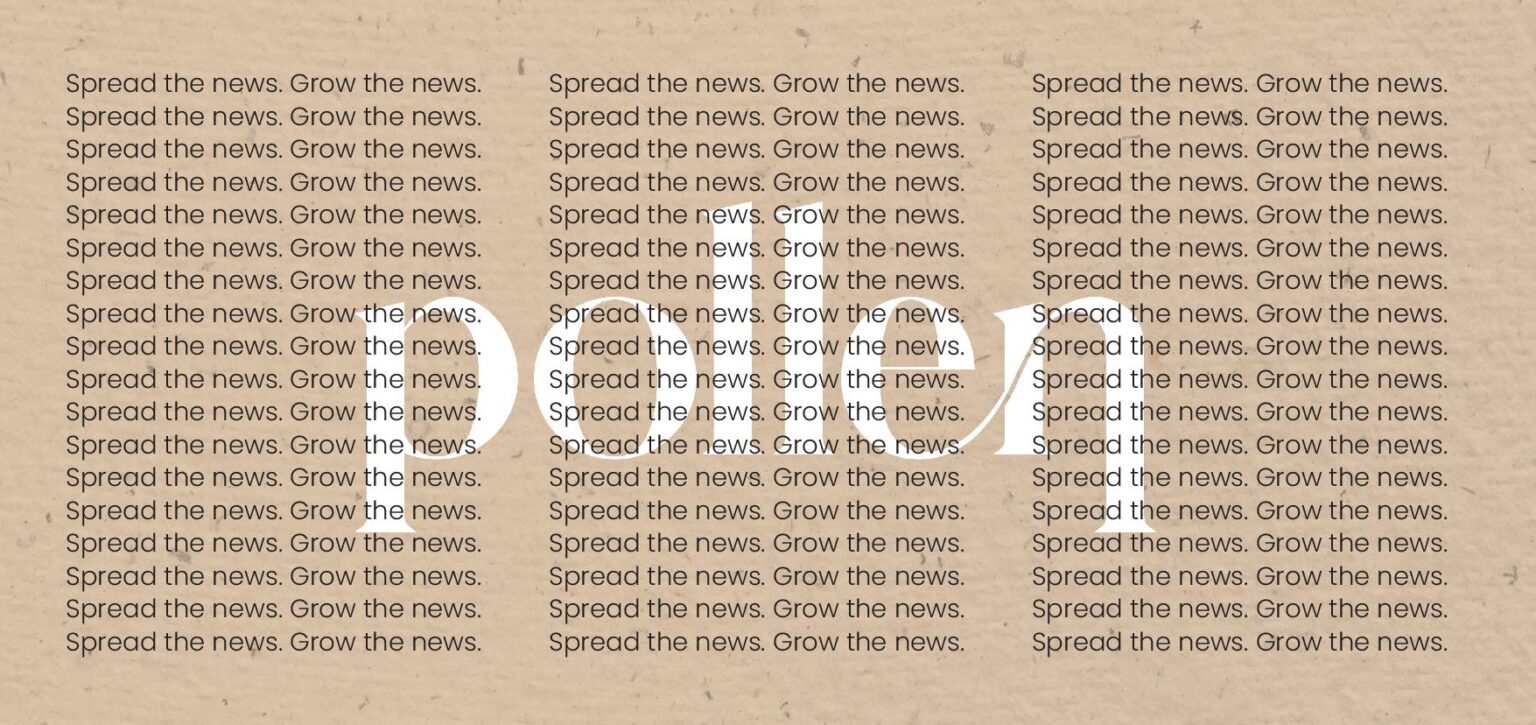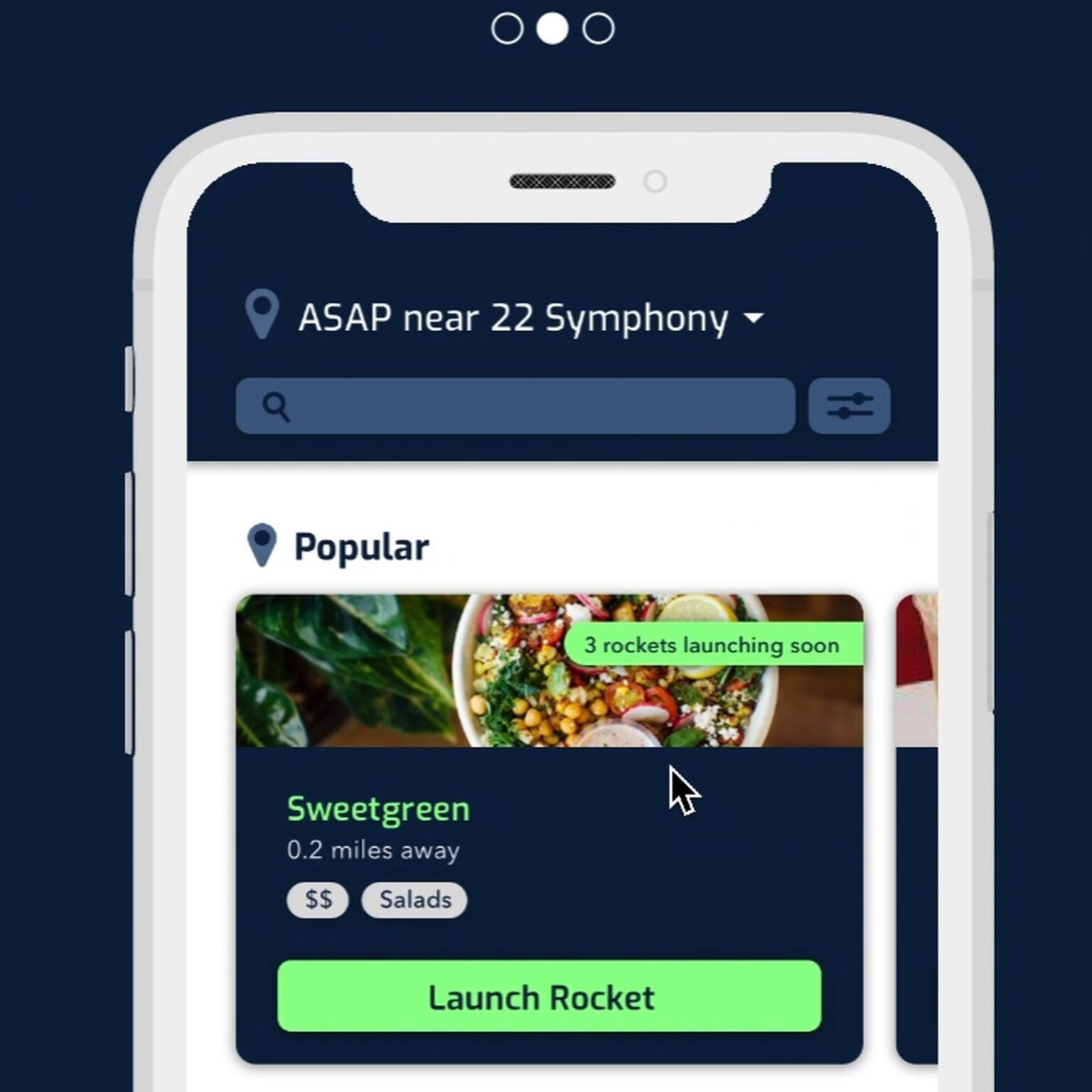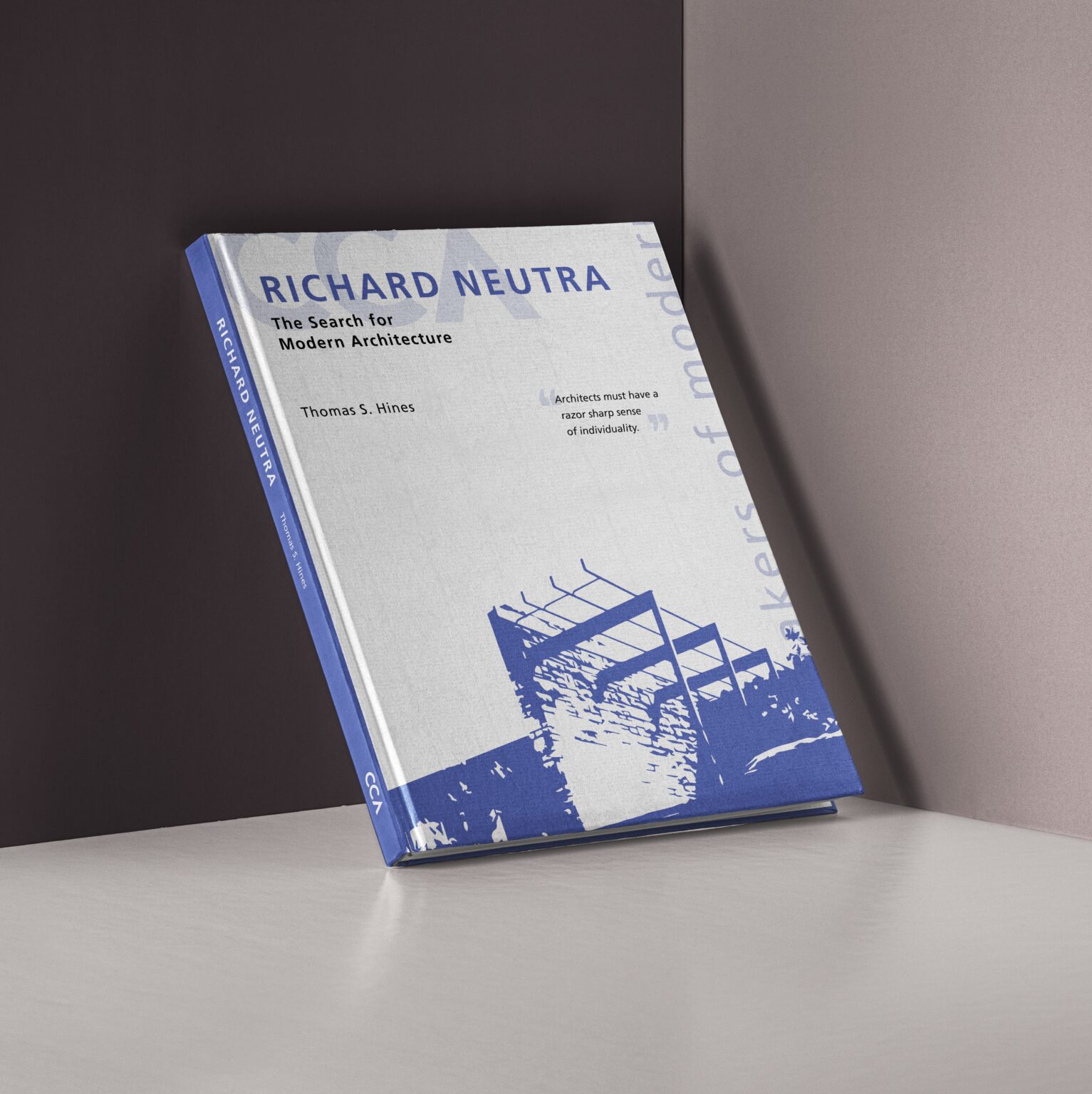Career Opportunities
- Architect
- Creative Developer
- Designer
- Director of Development
- Experience Designer
- Graphic Designer
- Interaction Designer
- Interface Designer
- Product Designer
- Software Designer
- Software Engineer
- Software Engineer
- UI/UX Designer
- User Interface Engineer
- Web Developer & Designer
Multidisciplinary Skills
building construction
collaboration
creative problem-solving
critical thinking
data analysis
data visualization
design research
design software
experience mapping
fabrication
facilitation
graphic representation
human factors
information design
interviews
knowledge of building laws/codes
leadership
listening
observation
personas
problem framing
programming
project management
rapid prototyping
Revit
Rhino
semiotics
sketching
software
technical skills
typography
user stories
user testing
verbal and written communication
visual synthesis
visualization
Share
Students integrate the study of architecture with strategies of Graphic and Information Design, Interaction Design or Experience Design. A flexible curriculum focused on key contemporary topics related to the built environment is combined with a broad understanding of the principles and systems of perception, communication, and action. Students integrate text and image to visualize concepts and data, create navigable interfaces and systems that allow audiences to take an active role to achieve meaningful goals, and take a holistic and integrative approach that focuses on the quality of the human experience in concrete situations. Students emerge with a strong portfolio suited to further graduate education or experience in architecture and design-related fields.
Students learn to conceptualize, synthesize, and represent complex architectural, urban, and environmental issues. Students combine this knowledge with the design of message and meaning, integrating text and image to visualize concepts and data to enhance human understanding of complex and vital knowledge.
Learning Outcomes
Design
- Apply iterative design processes to create, revise, evaluate, and develop effective prototypes and innovative solutions
- Engage human-centered design research methods and systems thinking to identify and understand values, goals, intentions of intended audiences as a mode of inquiry, question framing and guide to action
- Develop a high level of craft and technical skills in a relevant range of media and tools and effectively weigh applicability for intended audiences and outcomes
- Develop and realize intent, concept and content with awareness of context and consequence
- Implement visual patterns incorporating text, image, diagram including temporal and spatial representations to recognize, categorize, and articulate significant form and meaning
- Employ and embody ethical practices, team and cross-disciplinary collaboration, and effective communication and presentation skills
- Apply relevant communication theories and principles and appreciate the pervasive and long-term impact of design decisions on people and societies
Architectural Studies
Students with a degree in architectural studies will have:
- Thorough 2D and 3D representation and modelling skills for deciphering and designing the built environment.
- Awareness of how global socio-cultural contexts influence the built environment, and how the built environment influences global communities.
- Thorough knowledge of sustainable and resilient design goals, strategies, and methods.
- Skills of communication and collaboration necessary for managing complex projects.
- Understanding of fundamental construction systems and techniques that shape the built environment.
- Critical ability to analyze and decipher complex environments.
- Exposure to the diverse range of professional opportunities and avenues for design of the built environment.
- Understanding of ethical responsibilities for designing the built environment.
- Design learning outcomes
- Apply iterative design processes to create, revise, evaluate, and develop effective prototypes and innovative solutions.
- Engage human-centered design research methods and systems thinking to identify and understand values, goals, motivations of intended audiences as a mode of inquiry, question framing and guide to action.
- Develop a high level of craft and technical skills in a relevant range of media and tools and effectively weigh applicability for intended audiences and outcomes.
- Develop and realize intent, concept and content with awareness of context and consequence.
- Implement visual patterns incorporating text, image, diagram including temporal and spatial representations to recognize, categorize, and articulate significant form and meaning
- Employ and embody ethical practices, team and cross-disciplinary collaboration, and effective communication and presentation skills.
- Apply relevant communication theories and principles and appreciate the pervasive and long-term impact of design decisions on people and societies.
Co-op Opportunities
- design and media sectors
- news and publishing sectors
- arts sectors
- food and beverage sectors
- fashion and travel sectors
- government and civic sectors
- health care and pharmaceutical sectors
- educational sector
- financial and business sector

